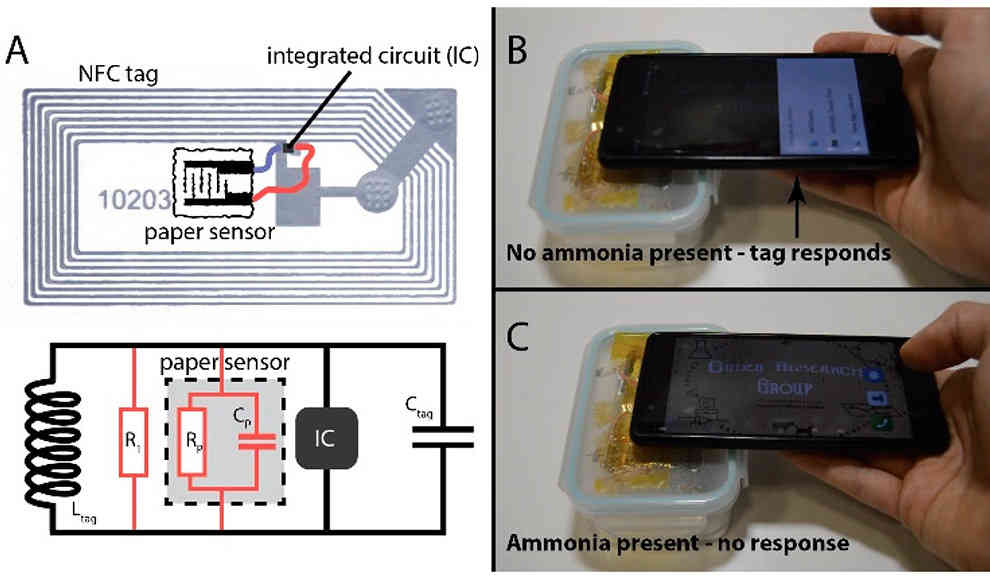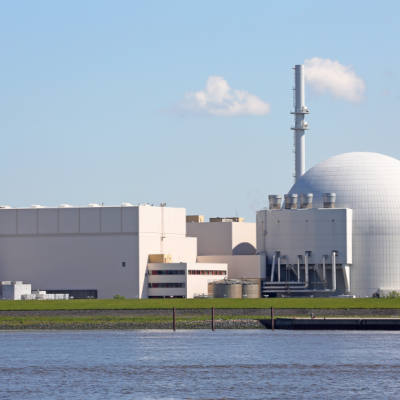A new breakthrough in solar technology has been achieved by scientists at the Swiss Federal Laboratories for Materials Science and Technology (Empa). They have developed a flexible solar cell with a record-breaking efficiency of 20.8%, which is comparable to the efficiency of commercially used monocrystalline silicon solar cells. The advantage of the new solar cell is its flexibility, which allows it to be bent and shaped into various forms, making it ideal for use in clothing and other mobile applications. The previous record for a flexible solar cell made of copper-indium-gallium-diselenide (CIGS) was 18.7%, set by Empa scientists in 2011.
The new solar cell was created through three key improvements to the existing technology. The chemical composition of the absorber layer was optimized to improve the electronic and optical properties of the solar cell. The process for alkali metal doping was changed, and the interface properties between the absorber and buffer layers were modified to increase the electricity generation of the thin-film solar cell. The scientists hope that their optimized solar cell will soon be available on the market, as it has the potential to compete with traditional, non-flexible solar cells.
The development of flexible solar cells is significant because they can be integrated into clothing and other mobile applications, providing a new source of renewable energy. The new solar cell’s high efficiency means that it can generate more electricity than previous flexible solar cells, making it a more viable option for commercial use. The Empa scientists are now working to scale up their new technology from the laboratory to the industrial level, with the goal of increasing the profitability and electricity generation of photovoltaic systems.










